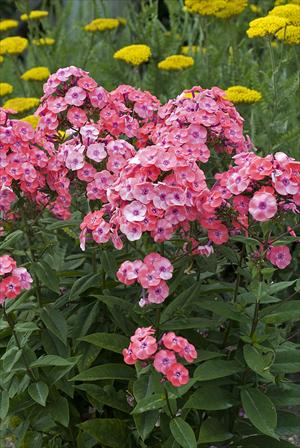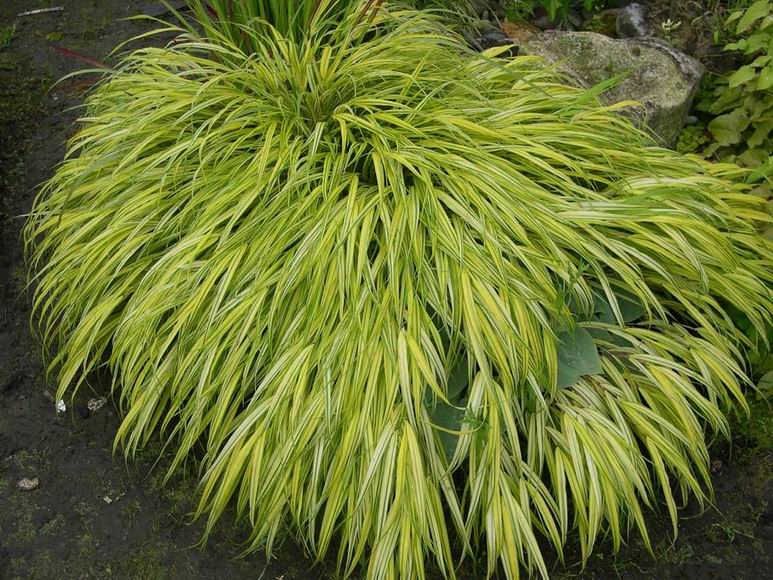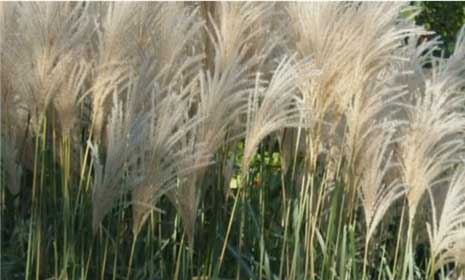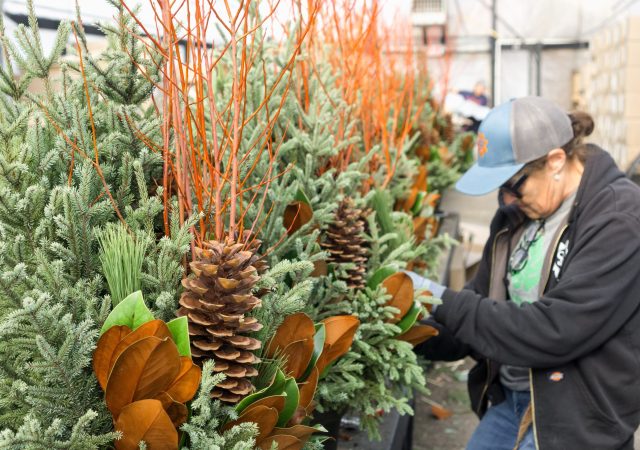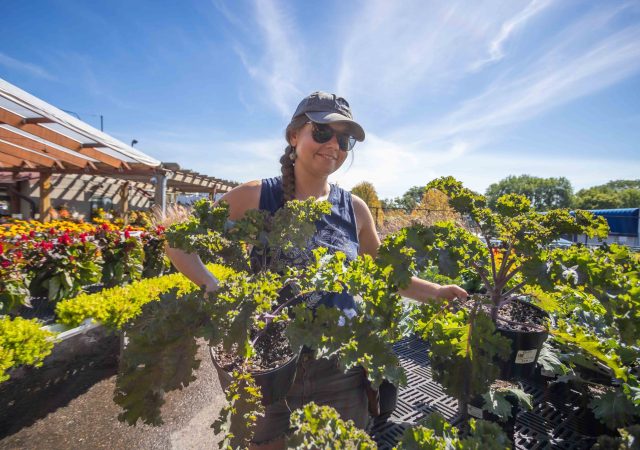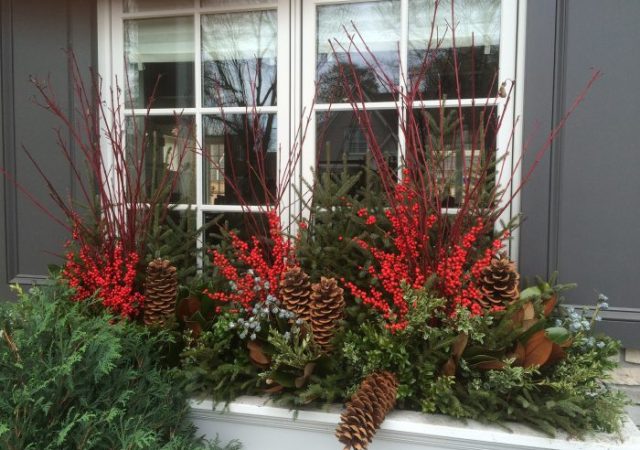Let’s move on to our second group of plants: Companion Plants.
Companion plants are usually planted together to give the gardener summer long color. For example, a Bleeding Heart shows off delicate pink flowers in the spring. When those flowers fade, its neighbor Black-eyed Susan is just about to sport its bright yellow blooms in the summer season. Black-eyed Susans can be swapped out for Coneflowers, Upright Garden Phlox, or Gaillardia too. Great companion plants for any of the previous perennials are any variety of grasses. They’re a little slow to start growing, but by the time your spring perennial is done blooming the grasses will be well on their way to reaching their full height. Adding a natural feel and texture to any garden, grasses are also great to add texture to the winter landscape too.
When you’re out shopping, take care to consider the information on the plant tag. Some nurseries provide months that the perennial is expected to bloom, such as May through June. While others may provide a suggestion such as “early summer” or “mid-summer”.
